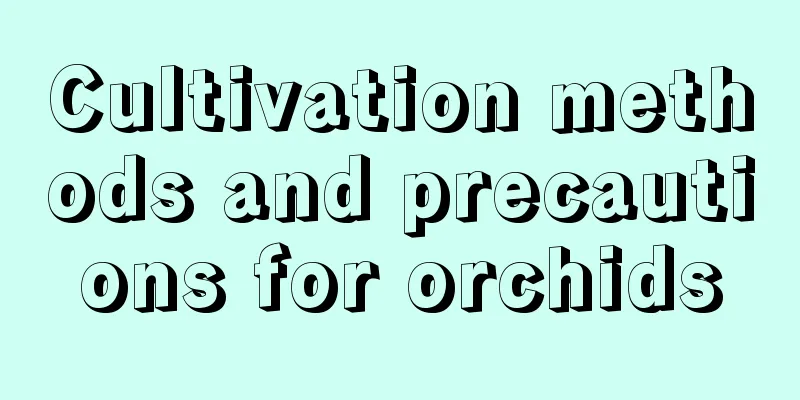How to cultivate Viburnum

1. Maintenance methods1. Temperature: Viburnum does not have very high requirements for temperature because it has a strong adaptability and a certain degree of cold resistance. It can spend the winter outdoors in the south and can also withstand the winter in the north. When planting, you can choose to plant at the bottom of a building or under a big tree, so you don’t have to worry about the high temperatures in summer. 2. Watering: Viburnum likes moist soil. Plants grown in such an environment will be more tender, and the branches and leaves will be more vibrant. If it is not watered enough, it will be very old, and the overall look will not be so beautiful, and the flowering will not proceed normally. But liking moisture does not mean that it can withstand waterlogging. During the rainy season, drainage and flood reduction work must also be done. 3. Light: It is a light-loving plant, and sufficient sunlight is the most suitable for its growth, but it also has a certain degree of shade tolerance, so strong light needs to be avoided. This is why it usually appears at the bottom of buildings and under big trees. It only needs plenty of diffuse light during the flowering period. 4. Fertilization: The growth of Viburnum is inseparable from fertilization. Fertilization can promote its germination in fertile soil. Just pay attention to applying thin fertilizers frequently. Each time you apply fertilizer, don't apply too much fertilizer. You can use compound fertilizer in combination. 2. Breeding techniques1. Reproduction: Sowing and cuttings are two important methods. For sowing, you can sow as soon as you harvest. The sowing depth must be sufficient, and then you need to cover it with some straw. Pay attention to watering and topdressing, and it will grow neatly next year. Cuttings should be taken in June. Choose two-year-old branches, and they can be transplanted after sixty days of rooting. 2. Pruning: It is very resistant to pruning. Due to its strong germination ability, it needs to be pruned from time to time to control the plant shape to the best. 3. Problem diagnosis and treatment1. Disease: Diseases rarely occur, especially in adult and healthy plants. 2. Pests: Pests rarely occur, but aphids may appear. During pruning, you can simply cut off the branches that are infested with pests. IV. Other issues1. Toxicity: It is non-toxic. It has a strong effect in beautifying the environment, and its fragrance is also non-toxic. 2. Can it be grown at home? It is not suitable for cultivation at home because its plant is very large and the space at home cannot meet its growth needs. |
Recommend
When to transplant rose cuttings
1. Transplanting time The rose seedlings grown by...
Is growing potatoes profitable? The cost and profit of growing potatoes
Is growing potatoes profitable? Potatoes are a ve...
Cutting method of Euphorbia milii
Euphorbia milii is highly ornamental and grows fa...
Can cotton be grown in pots?
Can cotton be grown in pots? Cotton can be plante...
Cultivation methods and precautions of yew
1. Lighting Yew is a plant that prefers a cool en...
How to make roses grow more branches (how to prune to make the crown bigger)
If you want the rose to grow a crown quickly, you...
What is the best month to plant chrysanthemums in the north?
When to plant chrysanthemums in the north It is g...
Precautions for repotting succulent plants: Methods and techniques for repotting newly purchased succulent plants
Precautions for repotting succulent plants Genera...
Reasons and solutions for anthurium not blooming (5 ways to maintain anthurium so that it can bloom)
Why doesn't the anthurium bloom? There are ge...
Diseases and pests of spider silk and their control methods
Pests and Control Methods Pests The insect pests ...
Can lychee seeds be planted?
Can lychee seeds be planted? Lychee seeds can be ...
Balcony tomato planting steps
Step 1. Planting and raising seedlings Prepare th...
How to grow ice berry succulents
1. Breeding environment 1. Soil: It likes organic...
How to prune wintersweet in summer
1. Pruning method 1. Leggy branches: When pruning...
Cultivation methods and precautions of yellow horn orchid
1. Soil Its requirements for soil are not particu...









